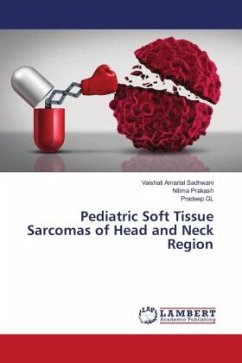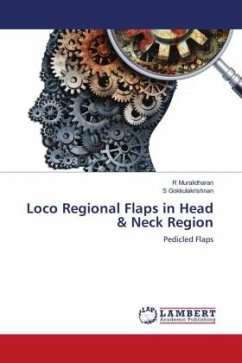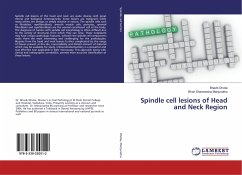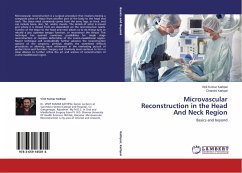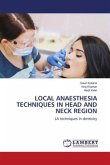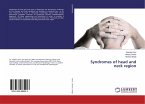The central nervous system (C.N.S) and oral cavity have a close anatomical location. They have common vascular supply and a related embryological origin. Motor and sensory organs in orofacial area have numerous connections with C.N.S. via the cranial nerves. As yet, diseases of C.N.S. have been studied in different branches of medicine such as otology, ophthalmology, neurology, neurosurgery and dentistry. Recognition of orofacial manifestations of C.N.S. disorders are in direct relation with the responsibilities of a dentist. Classification and defining of a unique methodology for recognition of the relationship between neurology and dentistry is not easy, because of large volume of data and multiple aspects of them.A large number of neuromuscular disorders have their manifestations in the oral and maxillofacial region. Oral physicians come across abnormalities in the dentition, soft tissues and occlusion caused by these disorders during the intra-oral and extra-oral examination.Also, patients with neuromuscular disorders need to be treated with special precautions during dental treatment.
Hinweis: Dieser Artikel kann nur an eine deutsche Lieferadresse ausgeliefert werden.
Hinweis: Dieser Artikel kann nur an eine deutsche Lieferadresse ausgeliefert werden.


